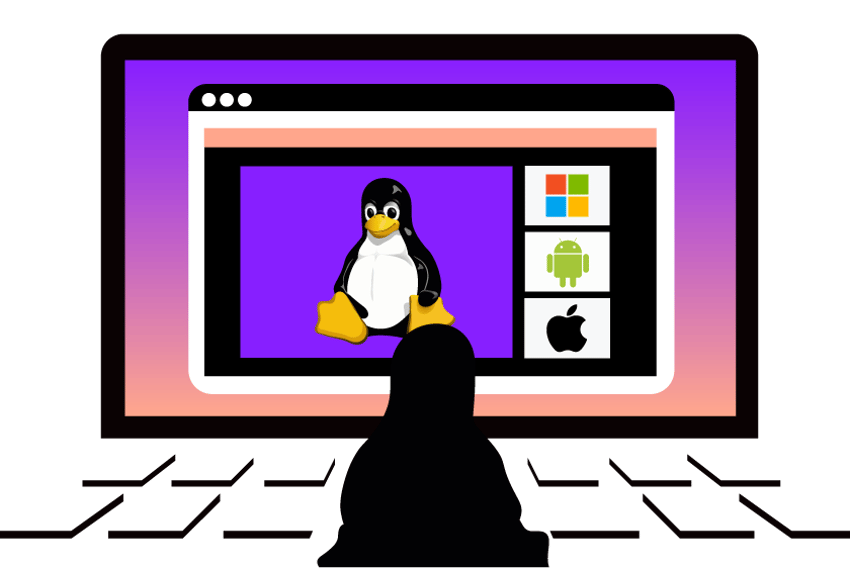Embed Live Video on Your IoT Devices With Vonage Linux SDK
The new Linux SDK from Vonage makes it easy for developers to include powerful, standards-based videoconferencing on embedded and IoT devices. Why is this important? Because it paves the way for many more live video use cases … not to mention pure possibility.

As someone who has spent a lot of my life dabbing solder on circuit boards, I am especially excited about this update to the Vonage Video API. This newly released Linux SDK has the same features as our classic client SDKs for iOS, Android, and web—and extends feature-rich live video embeds to the realm beyond browsers and consumer handsets.
The Linux SDK for Vonage Video API does just that by unlocking many new use cases, ranging from native desktop applications to IP camera-based streaming. Let’s explore what is already possible.
The Power of the Video API
The Vonage Video API offers developers an easy way to include video in a website or application without having to maintain the video delivery infrastructure or keep up with browser and platform updates. It is the technology bringing together doctors and patients and tutors and students around the world—all through a standards-based protocol that works right in the browser.
We are especially proud of the diverse use cases developers have created leveraging the flexibility of the Video API. There’s the “face-to-face" remote assistance to help with “easy-to-assemble” instructions, a National Public Radio service connecting storytellers and grandmas across America … and even virtual Santa visits to enhance the most wonderful time of the year.
Video Beyond Browsers
We are now witnessing an explosion of automation and remote monitoring use cases, which don’t run on traditional browsers or mobile operating systems—think (semi)autonomous burrito delivery robots, smart doorbell cameras, connected home gyms, “self-service” retail kiosks, and countless industrial monitoring, consulting, and transportation applications. Usually, the environment in which these machines operate is one of the most important factors dictating the form factor and other constraints. Often, these purpose-built devices rely on low-cost, low-power CPUs and have no need to browse the web.
One solution to the challenges of operating video without an app or browser is to deploy an application framework such as Electron—commonly used to enable popular applications like Slack or Vonage Business Communications. But video processing is already a resource-intensive process, and relying on a browser-equivalent solution to send streaming video would consume the limited system resources and can negatively impact the video quality and user experience.
With the Vonage Video Linux SDK, developers have greater control over system resources, such as memory and storage, making your Linux applications much more configurable to run within a small footprint.
 GLOBAL RESEARCH STUDY
GLOBAL RESEARCH STUDY
Introducing the Linux SDK
This Linux SDK release gives developers a set of tools and frameworks intended to simplify development on Linux platforms, specifically x86_64 devices on Debian 10. Although we’re not adding support for other reference architectures and flavors of Linux at this time, we are providing these as unsupported SDK builds on the Vonage Video Developer Center.
With the Vonage Video SDK 2.18, we introduced the first release of the Linux SDK—which allows developers to use the Vonage Video API within their native Linux application. This newest entry to our SDK lineup is a full-featured, fully supported SDK with all the scalability and functionality you would expect of a Vonage Client SDK.
By leveraging high-performance native code, Linux applications can create and subscribe to video sessions using less memory, power, and CPU resources. The SDK also provides libraries in C, allowing native Linux applications to interact with the Vonage Video platform in a variety of languages.
The Linux client builds on our industry-leading SDK breadth and enables even greater flexibility in using the Vonage Video platform. And just like our iOS, Android, Web, and Windows Client SDKs, the Linux SDK is tested to be fully compatible with each new browser iteration of Chrome, Firefox, and Safari.
This SDK release brings 13 years of real-time video expertise to your new invention! And in a future post, I’ll share some customer stories and use cases.
For now, thanks to the Vonage Video SDK for Linux, it’s time to bring your ideas to life. Sign up for a free account or contact our API team to get started!

